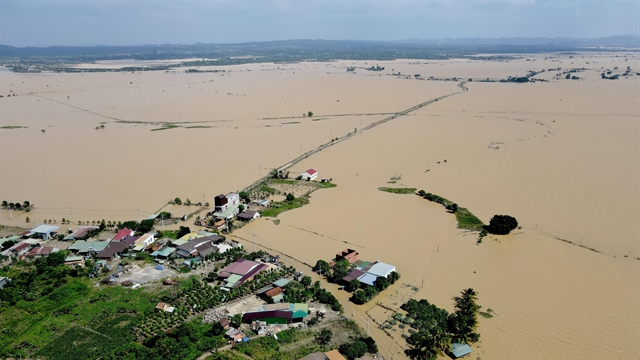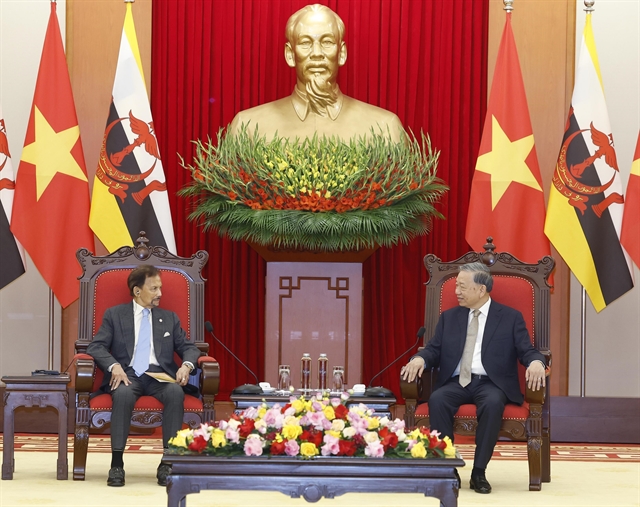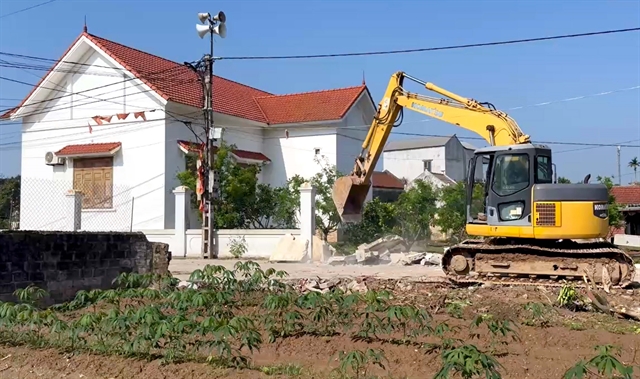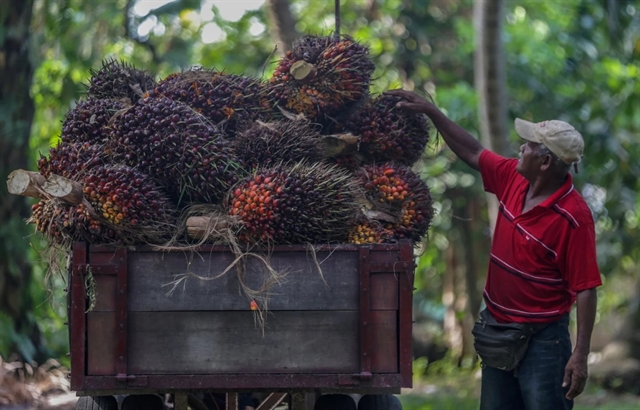 Society
Society


|
| An excavator dismantles a building to clear land for a road construction project in Hưng Yên Province. — VNA/VNS Photo |
HÀ NỘI — Việt Nam is preparing a major change in land valuation, with the Ministry of Agriculture and Environment (MoAE) proposing the use of standardised land price tables instead of case-by-case assessments.
The reform is part of a draft resolution designed to remove persistent obstacles in implementing the Land Law 2024. If approved by the National Assembly, it will take effect on January 1, 2026.
Delays and inconsistencies
At present, when land is allocated, leased or its use purpose is changed, the State must rely on consultants to calculate a 'specific land price' based on market benchmarks.
MoAE says this approach is plagued by conflicting valuations, heavy dependence on past data and sudden market swings that distort outcomes.
As a result, investors often face delays in accessing land and higher costs, while some officials hesitate to take responsibility for approvals.
The proposed framework would instead calculate land use fees using fixed criteria: land area, the land price table, an annual adjustment coefficient, any exemptions or reductions, infrastructure costs and applicable rates for each land category.
Price tables would be built according to land type, region and location. In areas with digital cadastral maps and price databases, tables could be set down to individual plots.
Provincial people’s councils would approve them every five years, beginning in 2026, while annual adjustment coefficients would be issued by provincial people’s committees to account for price changes.
Importantly, the new tables would also govern compensation for households when the State recovers land for public projects, aligning valuation rules for both fees and compensation.
Gains and risks
MoAE argues the reform will make valuations easier, faster and more transparent, cutting out the cost of consultants and accelerating land clearance for investment projects. Standardised tables would also prevent waste by ensuring land is put into use more quickly.
However, the ministry concerns that compensation payments to citizens are also likely to be lower, raising the risk of complaints.
MoAE stresses that land should be regarded primarily as an input for production and development rather than a tool for maximising fiscal revenue. To limit grievances, it proposes additional support policies for those affected by compulsory land recovery.
If passed at the National Assembly’s next session, the new rules will take effect nationwide from January 1, 2026, ushering in a unified and more predictable system of land pricing in Việt Nam. — VNS




